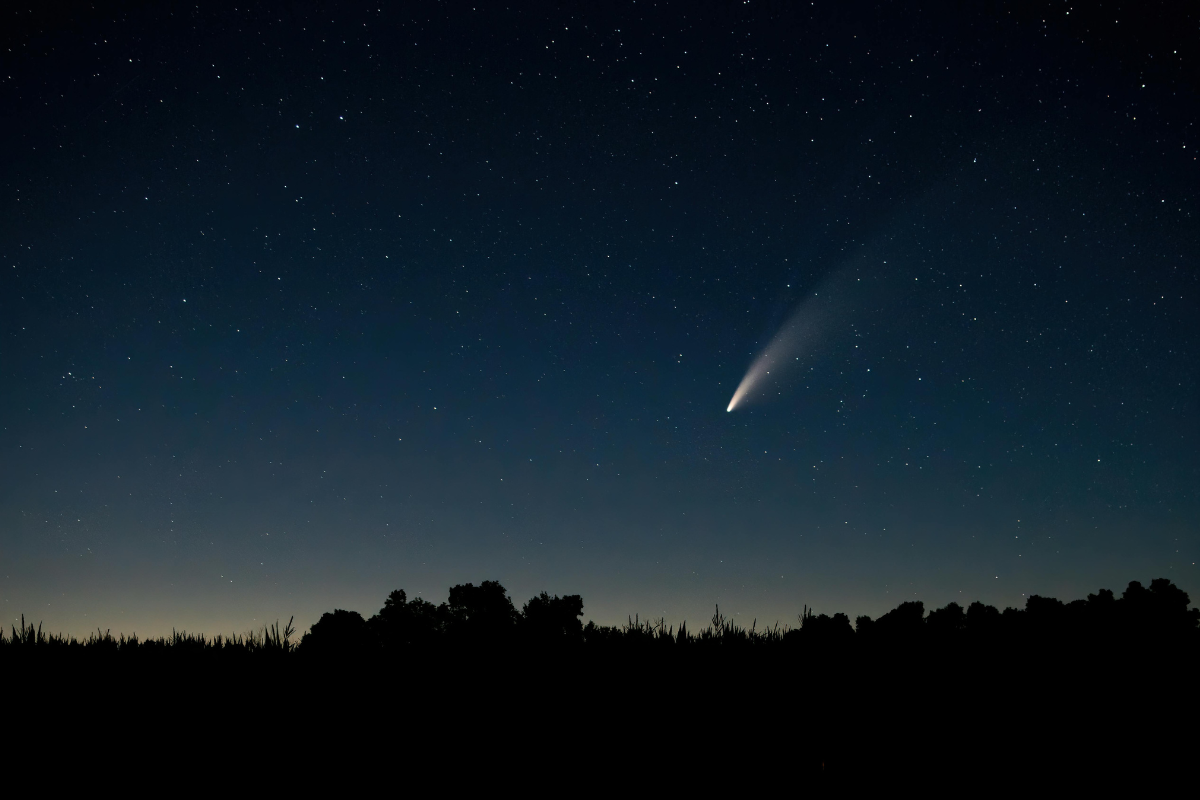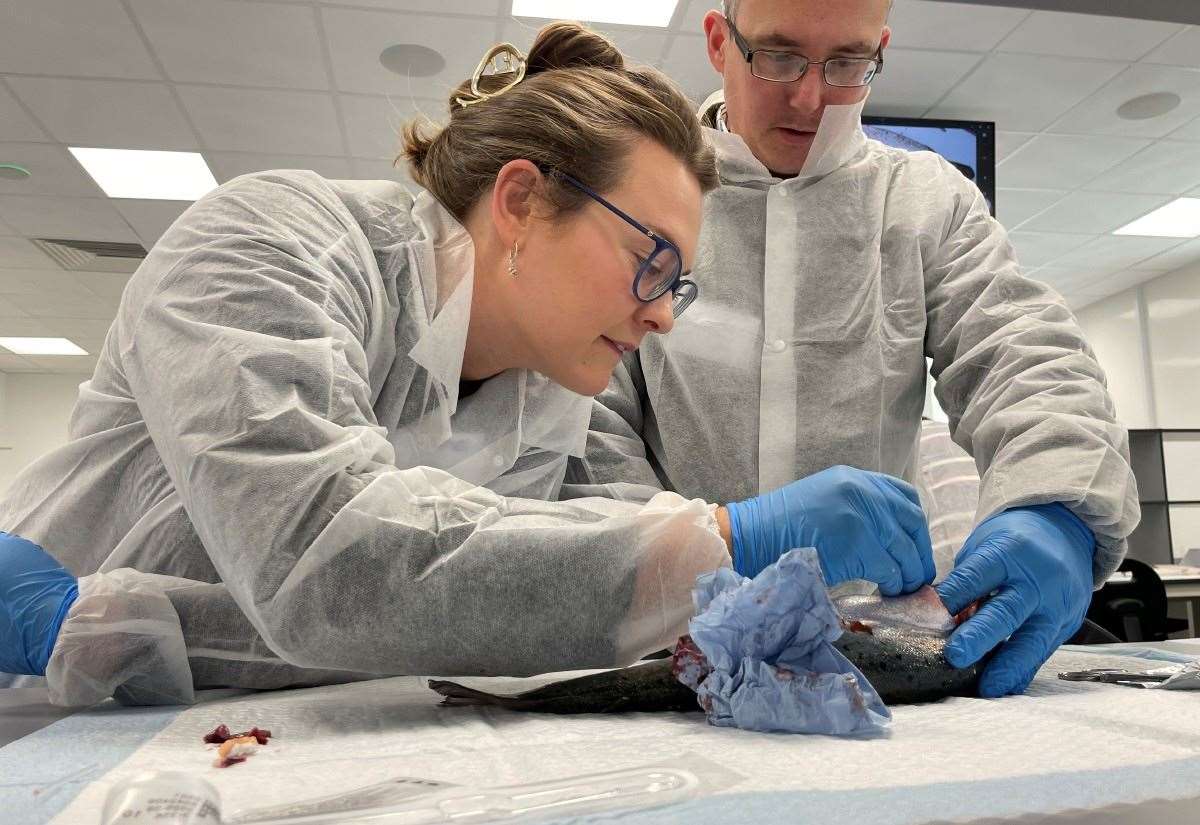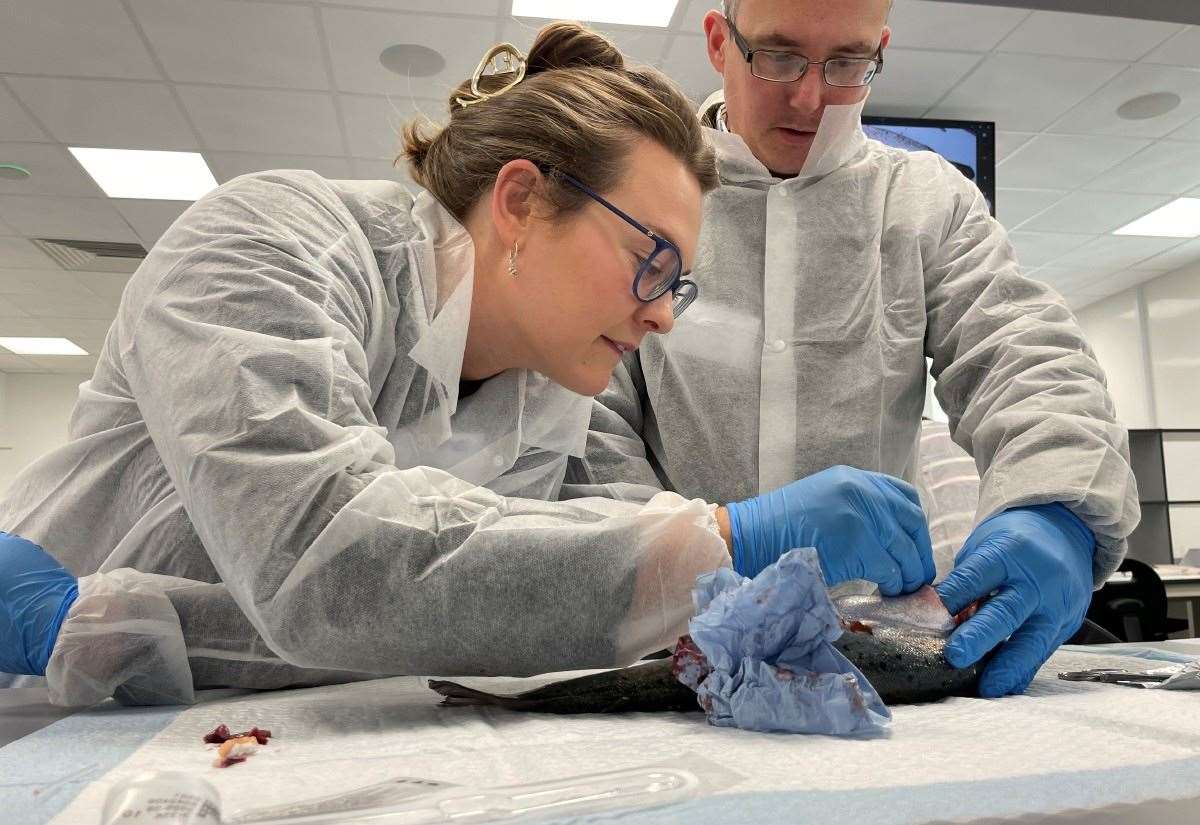An interstellar object known as 3I/ATLAS is currently making headlines as it approaches its closest point to the sun on October 29, 2023. This moment, referred to as perihelion, is being closely monitored by the scientific community, particularly by Avi Loeb, a prominent astronomer from Harvard University. The event is considered a critical test that may determine whether this enigmatic object is simply a comet or potentially an advanced spacecraft.
3I/ATLAS, first detected in July, is on a trajectory that brings it close to the sun, reaching perihelion at 11:47 UT (07:47 Eastern Time). According to Loeb, this moment poses an opportunity for the object to exhibit unusual behavior if it is indeed of artificial origin. He stated, “If 3I/ATLAS were a spacecraft, this perihelion would be the ideal moment for it to change its velocity.”
Unusual Characteristics Raise Speculation
The implications of 3I/ATLAS’s behavior under the sun’s intense heat and gravity are significant. Loeb explained that if the object is a natural comet, it could disintegrate due to the heating of approximately 770 watts per square meter. This heating might cause fragments to evaporate more quickly, resulting in a brighter cometary plume of gas and dust. Conversely, if it is technologically manufactured, it might perform maneuvers or release mini-probes, leading to potential indicators of advanced engineering, such as artificial lights or excessive heat from a propulsion system.
Loeb’s interest in 3I/ATLAS is not unfounded. He developed a “Loeb Scale” to assess the likelihood of artificial origins in celestial objects, scoring 3I/ATLAS a 4 out of 10. He noted that while the object is likely a natural comet, there are eight anomalies that warrant further investigation. “3I/ATLAS is most likely a comet of natural origin, but there are 8 anomalies that give it a rank of 4,” Loeb stated.
One of the most striking features of 3I/ATLAS is its composition. According to Loeb, the gas plume emitted from the object differs significantly from typical comets in our solar system, consisting of 87 percent carbon dioxide, 9 percent carbon monoxide, and 4 percent water. This unusual mix raises questions about its origin and has led some scientists to speculate about the possibility of alien technology.
Potential Implications of Findings
The scientific community is eager to gather data from 3I/ATLAS’s solar flyby, as the implications of discovering alien technology could be monumental. Loeb emphasized the importance of collecting comprehensive data, stating, “We have to collect as much data as possible to figure out its nature. The implication of alien technology would be huge and therefore we must take it seriously.” He added, “This is no longer just speculation; the data is forcing us to question our assumptions.”
To illustrate the potential scale of the object, Loeb compared 3I/ATLAS to the largest rocket currently in use, Starship, stating that the latter is “a hundred times smaller than 3I/ATLAS.” If the object is indeed technological, it suggests capabilities far beyond those currently possessed by humanity.
As the scientific community awaits results from the perihelion event, NASA has confirmed that 3I/ATLAS poses no threat to Earth and will pass at a safe distance. It is noteworthy that this is the third known object from outside our solar system to be detected traversing our celestial neighborhood.
As 3I/ATLAS undergoes its “acid test,” the results may significantly alter our understanding of the universe. Is it merely a natural comet with peculiar characteristics, or could it, as Loeb proposes, be an artifact of advanced technology capable of defying the conventional understanding of spacetime? As astronomers continue their observations, the world watches with bated breath, contemplating the possibilities that lie beyond our solar system.







